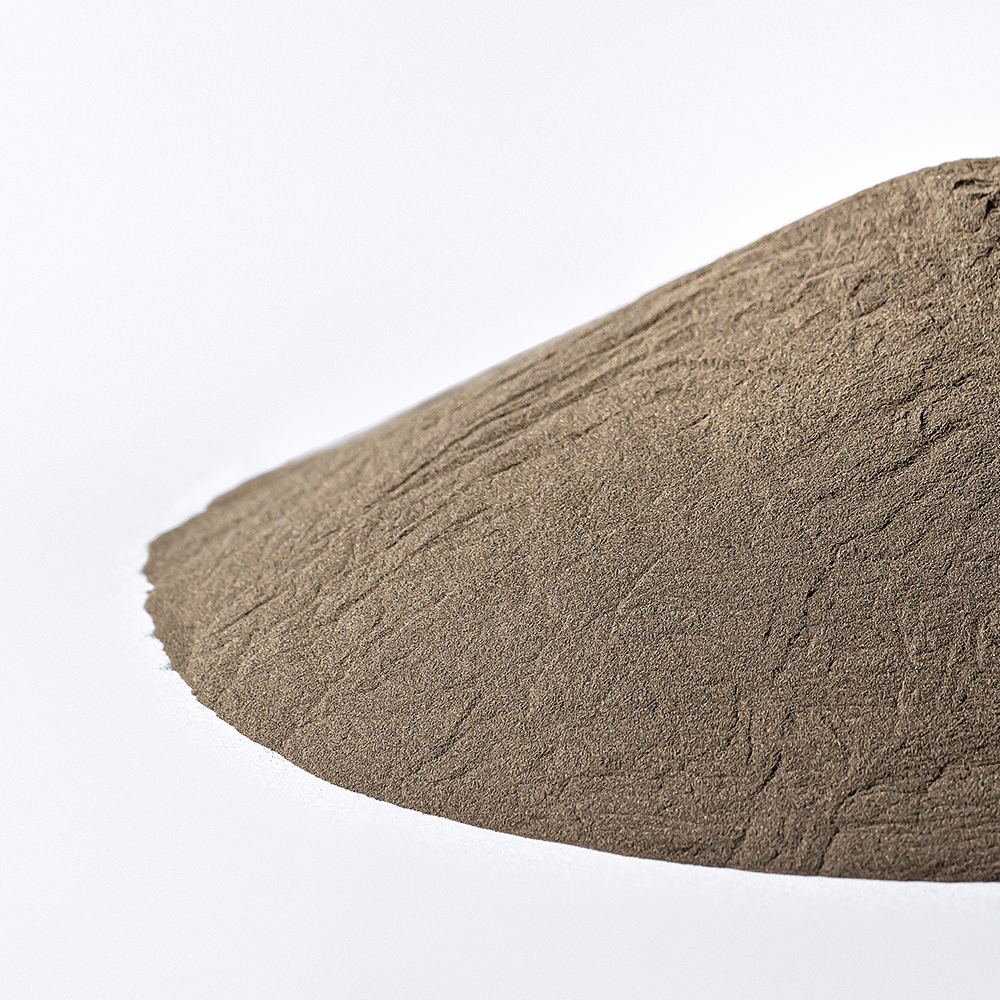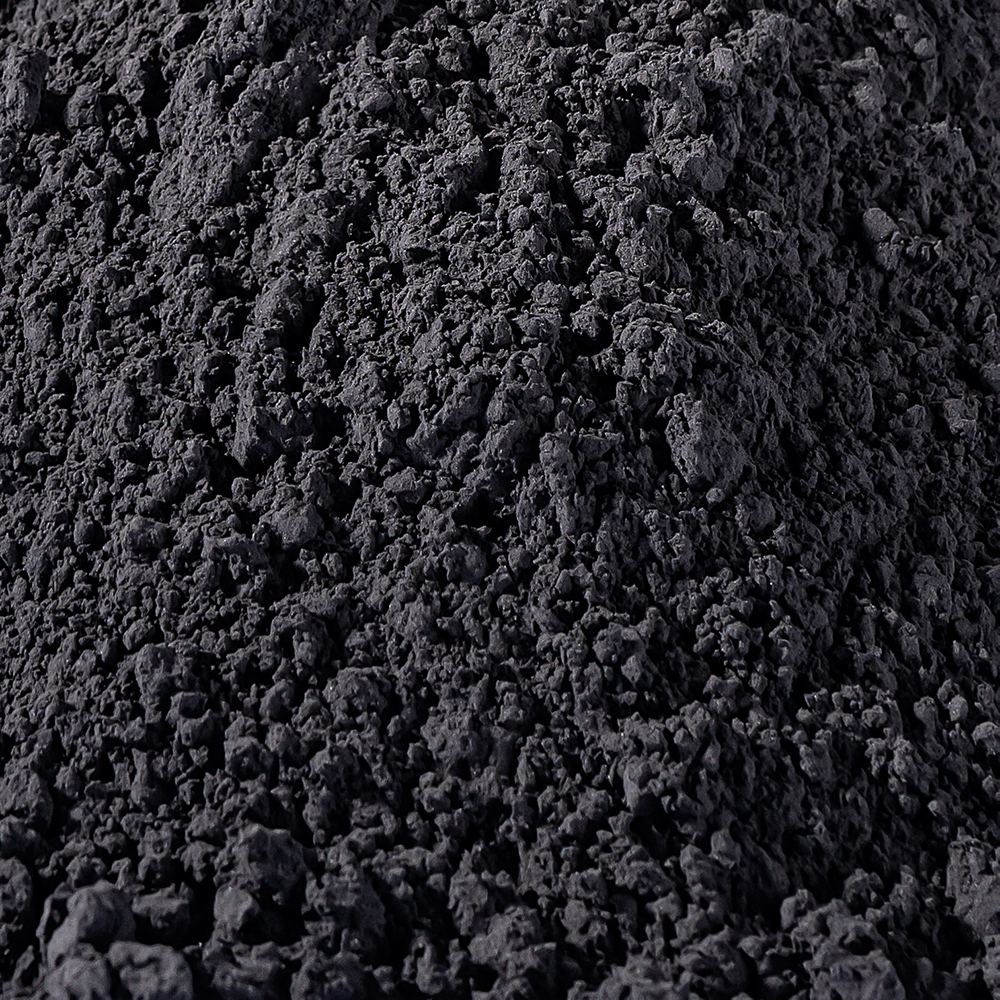
Which Graphite Powder Is Best for High-Performance Battery Anodes?
In the realm of high-performance batteries, the selection of materials for the anode is critical to the overall performance, capacity, and longevity of the battery. Graphite powder, with its excellent electrical conductivity, high capacity, and cycle stability, has emerged as the material of choice for anode construction in lithium-ion batteries (Li-ion) and other advanced energy storage technologies. However, not all graphite powders are created equal. The type, purity, and structure of graphite powder used in battery anodes can significantly affect the efficiency and durability of the battery. In this article, we will explore the best types of graphite powder for high-performance battery anodes, with a focus on those materials that offer optimal conductivity, capacity, and cycle stability.
What is Graphite Powder and Why Is It Used in Battery Anodes?
Graphite powder is a finely ground form of graphite, a naturally occurring form of carbon. It is widely used in the manufacture of battery anodes due to its high electrical conductivity, chemical stability, and ability to store lithium ions. In lithium-ion batteries, the anode plays a crucial role in lithium ion intercalation, a process where lithium ions move in and out of the anode material during charge and discharge cycles. The performance of the anode material significantly influences the battery’s energy density, charge/discharge rates, and lifetime.
In recent years, advancements in graphite powder production have led to the development of higher-purity, specially treated graphite powders that are tailored for high-performance applications, such as electric vehicles (EVs), renewable energy storage, and consumer electronics. Jinchun, a leading metal powder manufacturer, specializes in producing high-quality graphite powders designed to maximize battery performance.
Key Properties of Graphite Powder for High-Performance Battery Anodes
1. Electrical Conductivity
The electrical conductivity of graphite powder is one of the most important factors for determining its suitability for battery anodes. During the charge and discharge cycles of a lithium-ion battery, the movement of electrons between the anode and cathode must be efficient for the battery to perform optimally.
- Graphite’s natural conductivity is one of its most desirable traits. However, the purity and particle size of the graphite powder can influence how efficiently it conducts electricity.
- High-purity graphite powder (with over 99% purity) generally offers the best conductivity for battery anodes, as impurities can create barriers to electron flow, reducing performance.
2. Capacity (Lithium Storage Ability)
The capacity of a graphite powder refers to its ability to store lithium ions during the battery charging process. Graphite, due to its layered structure, is highly effective at accommodating lithium ions in the interlayer space between its sheets of carbon atoms.
- Natural graphite typically offers a capacity of around 372 mAh/g (milliamp-hours per gram), which is suitable for most lithium-ion applications. However, for high-performance batteries, it’s crucial to choose graphite powders with enhanced properties for greater capacity and longer-lasting performance.
3. Cycle Stability
Cycle stability refers to the ability of the graphite powder to withstand repeated charge and discharge cycles without significant degradation. For high-performance batteries, especially those used in electric vehicles or renewable energy storage, a high cycle life is essential to ensure that the battery retains its performance over time.
- Graphite anodes are prone to structural changes and swelling during cycling, which can lead to performance degradation. Advanced processing techniques can help mitigate these issues and improve cycle stability.
- Graphene-enhanced graphite powders have been found to offer better structural integrity during cycling, providing improved stability over extended use.
4. Particle Size and Morphology
The size and morphology of graphite particles are crucial to the performance of battery anodes. Smaller particles or particles with a specific shape can increase the surface area of the material, improving its lithium-ion storage capacity and conductivity.
- Fine-particle graphite powders with a uniform size distribution tend to offer higher performance because they allow for more efficient electron transfer and ion storage.
- Flake-like or spherically shaped graphite powders are often preferred for battery anodes as their orientation and packing contribute to more stable cycling and reduced wear over time.
5. La pureté
The purity of graphite powder plays a significant role in determining both the conductivity and capacity of the material. Impurities, such as metallic contaminants, can negatively impact both the electrical conductivity and lithium storage capacity of the anode material.
- High-purity synthetic graphite (99.9% or greater) is often used in high-performance battery anodes due to its superior properties.
- Impure graphite powders can lead to shorter battery life, reduced efficiency, and higher self-discharge rates.
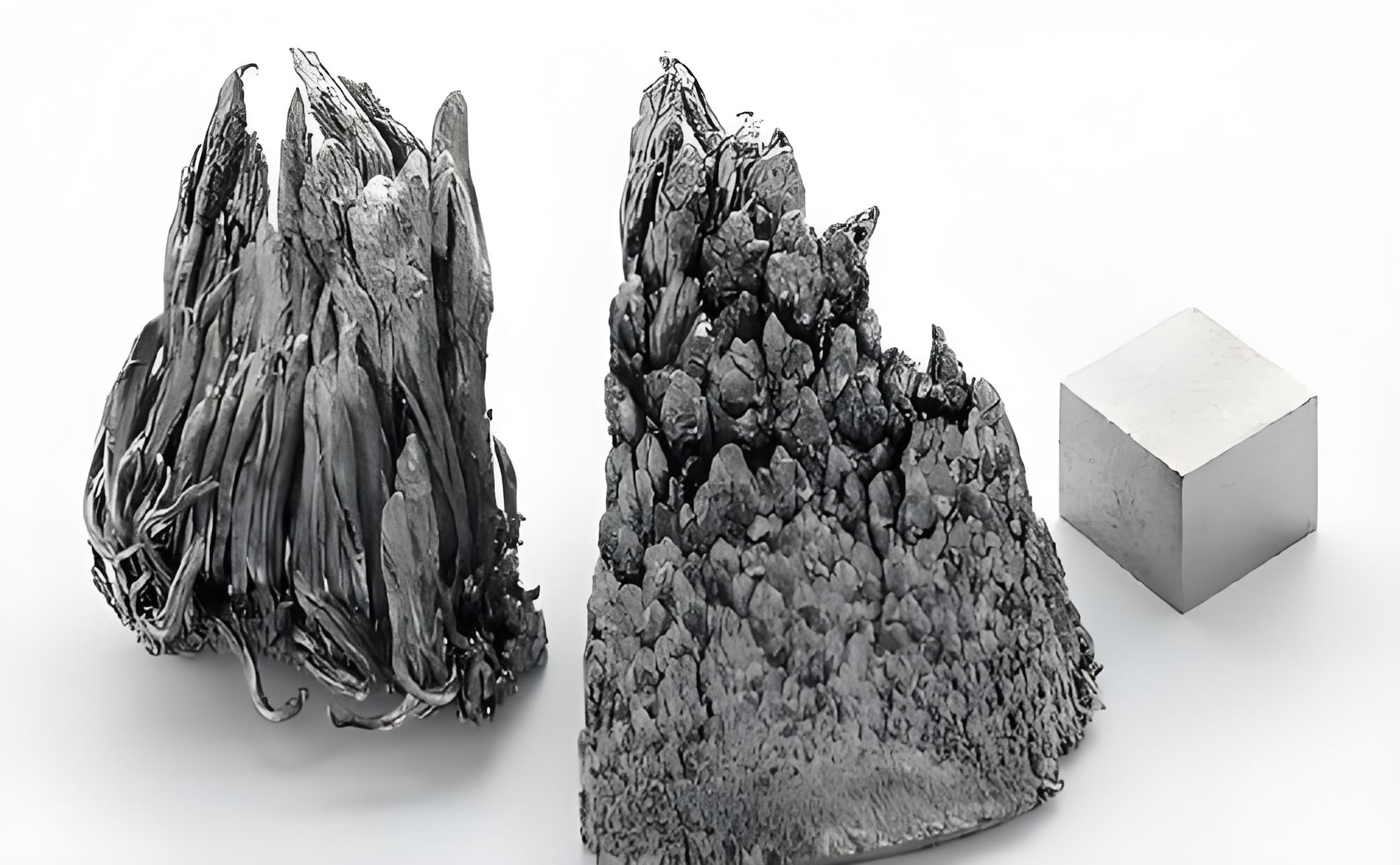
Types of Graphite Powder for High-Performance Battery Anodes
1. Natural Graphite Powder
Natural graphite powder is obtained from graphite ore through mechanical processing. It has been widely used for battery anodes due to its relatively low cost and good performance in various applications.
- La pureté: Typically 85-95%
- Conductivity: Good, but lower than synthetic graphite
- Capacity: Moderate (around 372 mAh/g)
- Cycle Stability: Moderate, can degrade over extended use
- Applications: Suitable for low-cost lithium-ion batteries and consumer electronics where performance is important but not the top priority.
2. Synthetic Graphite Powder
Synthetic graphite powder is produced by high-temperature processing of petroleum coke and other carbon-rich materials. It is known for its higher purity and uniformity, which results in better overall performance, particularly in high-power applications.
- La pureté: Up to 99.9% or greater
- Conductivity: Excellent
- Capacity: High, close to the theoretical maximum (372 mAh/g)
- Cycle Stability: Superior to natural graphite
- Applications: Ideal for electric vehicles, high-performance batteries, and renewable energy storage where performance and cycle stability are critical.
3. Graphene-Enhanced Graphite Powder
Graphene-enhanced graphite powder is produced by incorporating graphene sheets into the graphite matrix. This advanced material significantly enhances both the conductivity and capacity of the graphite powder, making it highly suitable for high-performance battery anodes.
- La pureté: 98-99%
- Conductivity: Exceptional, due to the conductive properties of graphene
- Capacity: Increased due to enhanced lithium-ion storage
- Cycle Stability: Excellent, graphene improves the structural integrity of the graphite
- Applications: Best for high-end applications such as electric vehicles (EVs), super-fast charging batteries, and large-scale energy storage.
4. Expanded Graphite Powder
Expanded graphite powder is created by chemically treating natural graphite to increase its surface area and improve its capacity for lithium-ion storage. While it offers good performance, it is generally used in less demanding applications compared to synthetic or graphene-enhanced graphite.
- La pureté: 90-95%
- Conductivity: Moderate
- Capacity: Moderate to high, depending on the extent of expansion
- Cycle Stability: Moderate
- Applications: Suitable for standard lithium-ion batteries and energy storage systems where extreme performance is not a requirement.
Applications of High-Performance Graphite Powder for Battery Anodes
1. Electric Vehicles (EVs)
High-performance graphite powder is a key material in the development of electric vehicle batteries, which demand high energy density, fast charging capabilities, and long cycle life. Synthetic graphite and graphene-enhanced graphite powders are preferred for their superior conductivity and stability, which ensure that the EV batteries perform optimally over thousands of charge and discharge cycles.
2. Renewable Energy Storage Systems
Graphite powder plays a crucial role in energy storage systems, such as solar and wind energy storage solutions, where batteries must store and discharge large amounts of energy over a long period. The high capacity and cycle stability of synthetic and graphene-enhanced graphite powders make them ideal for use in these applications.
3. Portable Electronics
In consumer electronics like smartphones, laptops, and wearable devices, high-quality graphite powder is used in small-format lithium-ion batteries. While natural graphite can be used for lower-cost options, synthetic graphite and graphene-enhanced graphite powders are increasingly being utilized in premium devices for their higher efficiency and longer lifespan.
4. Supercapacitors
Supercapacitors require materials that can deliver fast charge and discharge cycles. Graphene-enhanced graphite powders are commonly used in these applications because they enable rapid electron movement and high energy storage, making them ideal for energy storage and power backup applications.

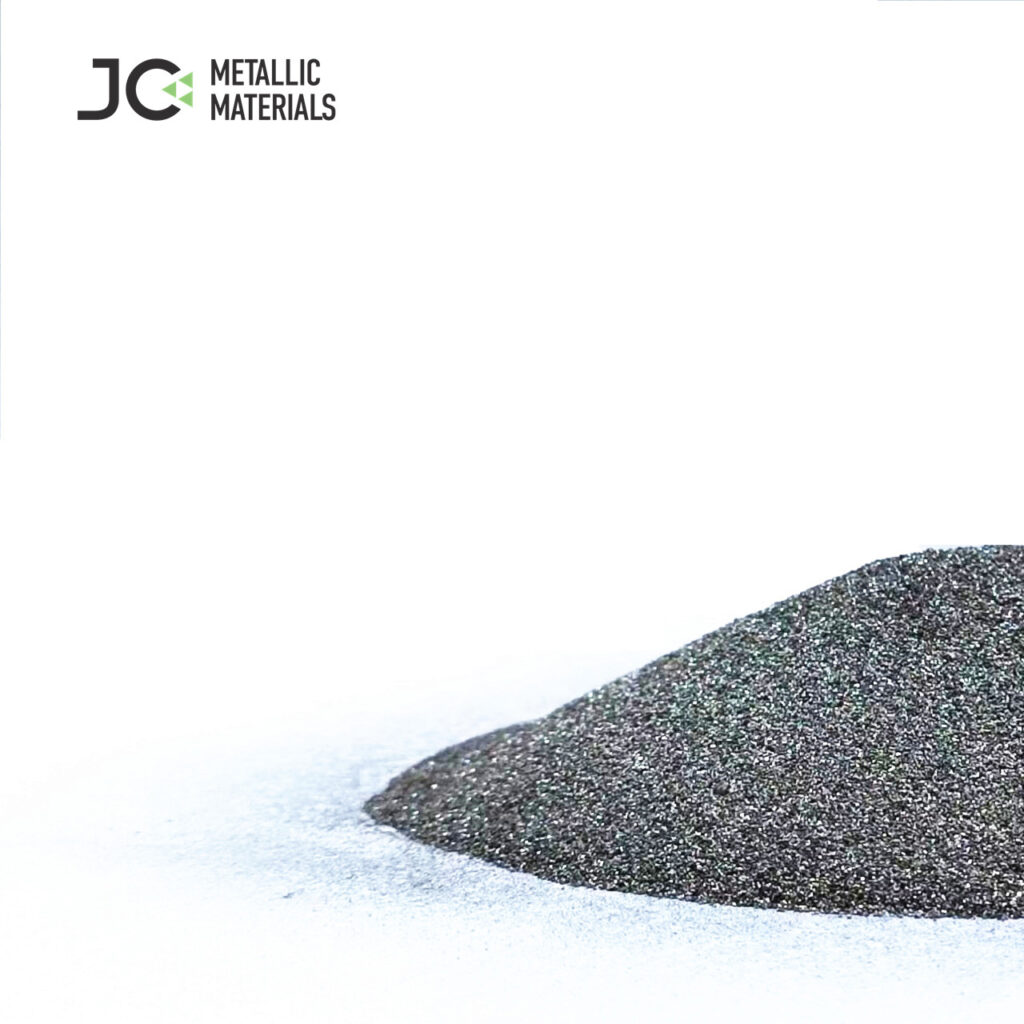
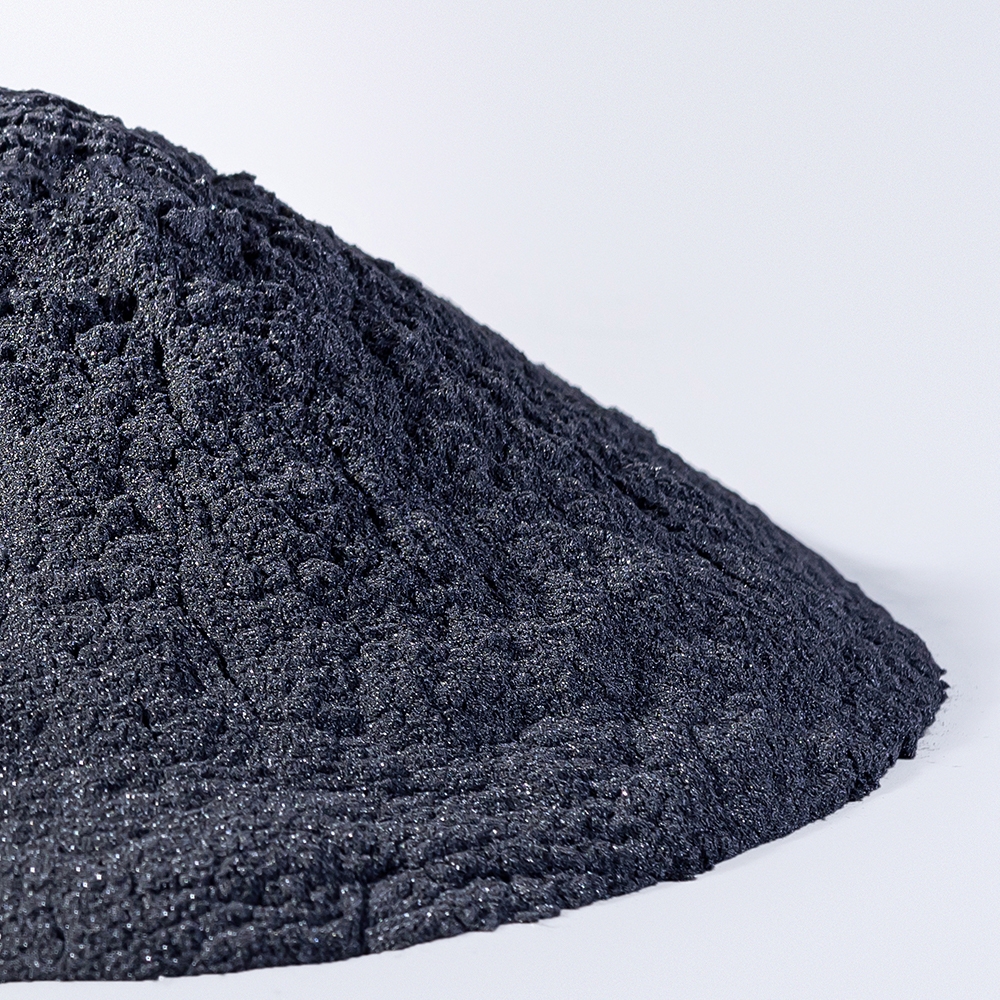
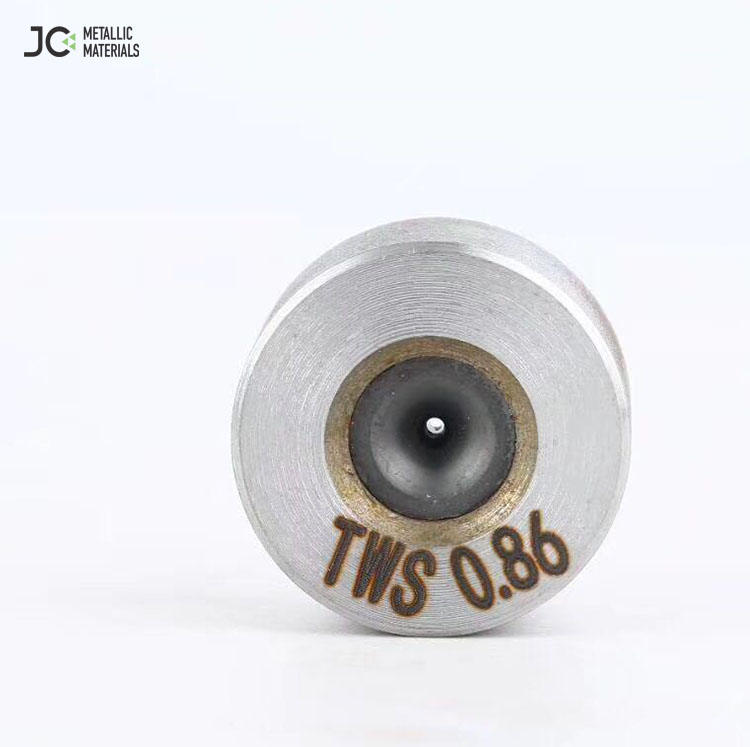
_6258副本-2.jpg)
